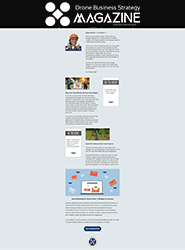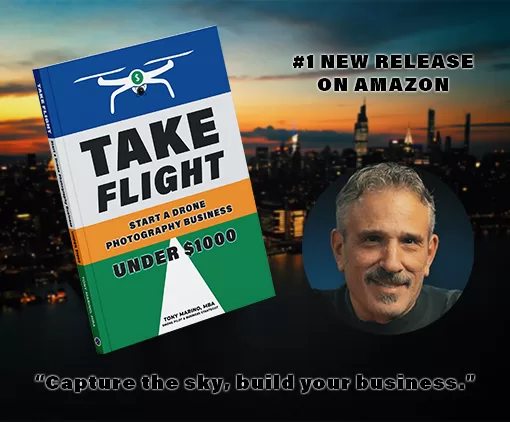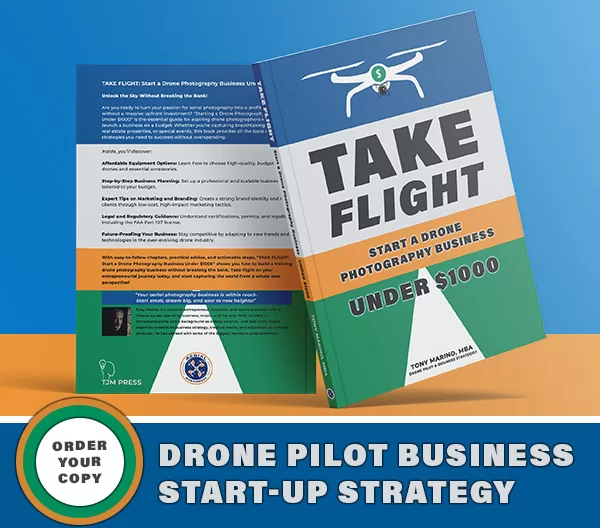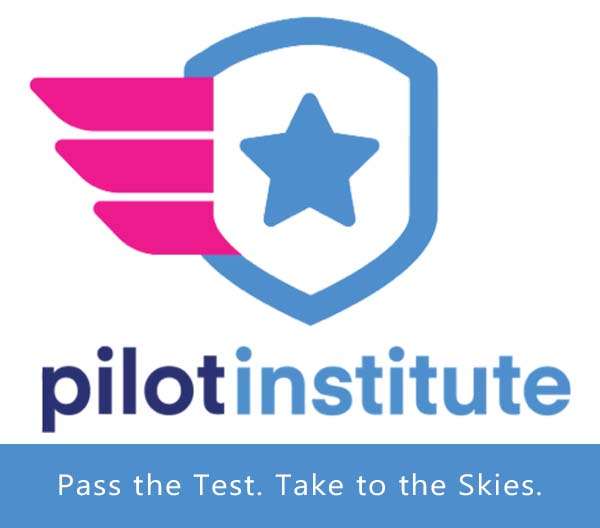
As drone pilots and entrepreneurs, we specialize in capturing stunning aerial perspectives, breathtaking landscapes, and dynamic visuals that leave a lasting impression. However, while our craft can captivate audiences, there’s a fine line between effective marketing and overwhelming your viewers. Too much exposure to the same content can lead to what we call Content Fatigue Syndrome—a condition where your audience becomes disengaged, tired, or even actively repelled by your brand.
In this article, we’ll explore what Content Fatigue Syndrome is, how it can harm your business, and strategies to prevent it from derailing your marketing efforts.
What Is Content Fatigue Syndrome?
Content Fatigue Syndrome occurs when your audience experiences a sense of overload from repetitive or excessive marketing messages, leading them to disengage or even lose interest. Rather than driving more attention to your brand, overexposure can result in the opposite effect—audiences tuning out, unfollowing, or even forming negative associations with your content.
For drone pilots who rely heavily on visually striking footage, the risk is particularly high. While your aerial shots may initially captivate your audience, if the content becomes repetitive, predictable, or too frequent, the impact diminishes, and your brand can quickly blend into the background.
Why Drone Pilots Are Particularly Vulnerable
The drone industry thrives on the visual impact of its content. Every flight offers an opportunity to capture unique, awe-inspiring shots. However, the same stunning footage that attracts attention can eventually cause fatigue if it’s overused. Here are some common ways drone pilots can fall victim to Content Fatigue Syndrome:
- Overusing the Same Shots: Posting the same sunset, beach, or cityscape shots repeatedly can cause your content to lose its charm and appeal.
- Bombarding Audiences with Constant Ads: Over-promoting your services can make your brand appear desperate, potentially diminishing your professional image.
- Social Media Overload: Posting across too many platforms without tailoring the message to the audience on each platform can lead to content saturation, making your brand seem overbearing.
Drone pilots often operate within niche markets like real estate, tourism, or events, where the competition is fierce. If you oversaturate your target audience with too much content, it could have the opposite effect of what you intend—alienating potential customers instead of attracting them.
The Risks of Content Fatigue Syndrome
- Declining Engagement: Audiences may begin to scroll past your content without taking a second look.
- Brand Dilution: Instead of standing out, your brand could become just another noise in a saturated marketplace.
- Loss of Credibility: Overexposure can lead your brand to be perceived as spammy, unprofessional, or desperate for attention.
- Missed Opportunities: By focusing too much on quantity over quality, you risk missing the chance to make genuine, meaningful connections with your audience.
A Case Study: My Pillow and Content Fatigue Syndrome
A well-known example of Content Fatigue Syndrome is the My Pillow TV ads featuring Mike Lindell. Initially memorable, these commercials became ubiquitous across TV networks. Over time, the constant repetition, combined with the polarizing personality of the spokesperson, led many viewers to feel overwhelmed, leading to a loss of interest or negative perceptions of the product.
In this case, the spokesperson’s style and message didn’t resonate with everyone, and the overexposure amplified these negative feelings. The overuse of the same ads left many viewers feeling “numb” to the message, even if they were initially curious. This is a textbook example of how even with a sizable marketing budget, pushing the same message too aggressively can result in alienation rather than increased sales.
How to Avoid Content Fatigue Syndrome
1. Prioritize Quality Over Quantity
Rather than overwhelming your audience with a constant stream of content, focus on creating high-quality, varied content. Showcase unique perspectives, new ideas, and creative angles to maintain fresh and engaging material.
2. Segment Your Audience
Recognize that not all your followers are interested in the same content. Tailor your posts to different segments. For instance, real estate clients may appreciate detailed flyovers, while tourism clients may enjoy cinematic, sweeping landscape shots.
3. Leverage Analytics
Utilize social media and website analytics to track the performance of your posts. This will allow you to see what resonates best with your audience, helping you adjust your content strategy to focus on what truly drives engagement.
4. Develop a Content Calendar
Plan your content in advance to ensure a diverse, well-rounded approach. A content calendar helps you avoid repetitive patterns and ensures that you’re sharing a balanced mix of promotional and engaging material.
5. Engage Beyond Posting
Don’t just post and forget. Actively engage with your audience through comments, polls, direct messages, and other forms of interaction. This builds a loyal community that is more likely to respond positively to your content.
6. Collaborate and Diversify
Collaborate with other creators, brands, or influencers to introduce new perspectives and fresh ideas to your content. Diversifying your offerings—such as adding drone 3D mapping, aerial videography, or storytelling—can keep your content exciting and dynamic.
The Long-Term Value of Moderation
Moderation in your marketing efforts will not only help you avoid Content Fatigue Syndrome but also ensure that your brand remains strong, engaging, and credible in the long run. Your audience’s attention is a valuable commodity—one that must be respected and nurtured. By pacing your content and avoiding overexposure, you can create a brand that remains relevant, trusted, and memorable.
The Takeaway
In an industry that’s as dynamic and competitive as drone piloting, the balance between creativity, quality, and strategy is crucial. By taking a thoughtful approach to your marketing, you’ll continue to soar above the competition without exhausting your audience.
If you have any questions, let us know! If you’d like to hire us, you can get more information here.
Written by: Tony Marino, MBA – FAA Certified Part 107 Commercial Drone Pilot and Chief Business Strategist at Aerial Northwest
Disclaimer: The information provided in this blog post is for general informational purposes only and should not be construed as legal advice.
Resources
- FAA Resources: FAA DroneZone
- Article: 4P’s for Successful Drone Service Marketing
- Article: Drone Pilot Aerial Photography Business Plan Blueprint
- Article: Top 5 Drone Pilot Marketing Channels
Starting Your Own Drone Service Business
Pick up your copy today on Amazon and wherever fine books are sold.

DRONE BUSINESS STRATEGY MAGAZINE
A free digital publication made exclusively for all small business drone pilots to them help start-up, become profitable while sustaining a competitive advantage within the drone service industry sector they opt to serve.
“If you love to fly, we’d love to have you come aboard!”
We share your information with no one. Our Privacy Policy.










Leave a Reply
Your email is always safe with us.